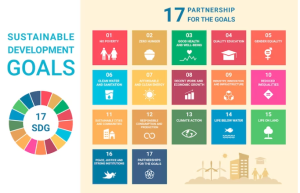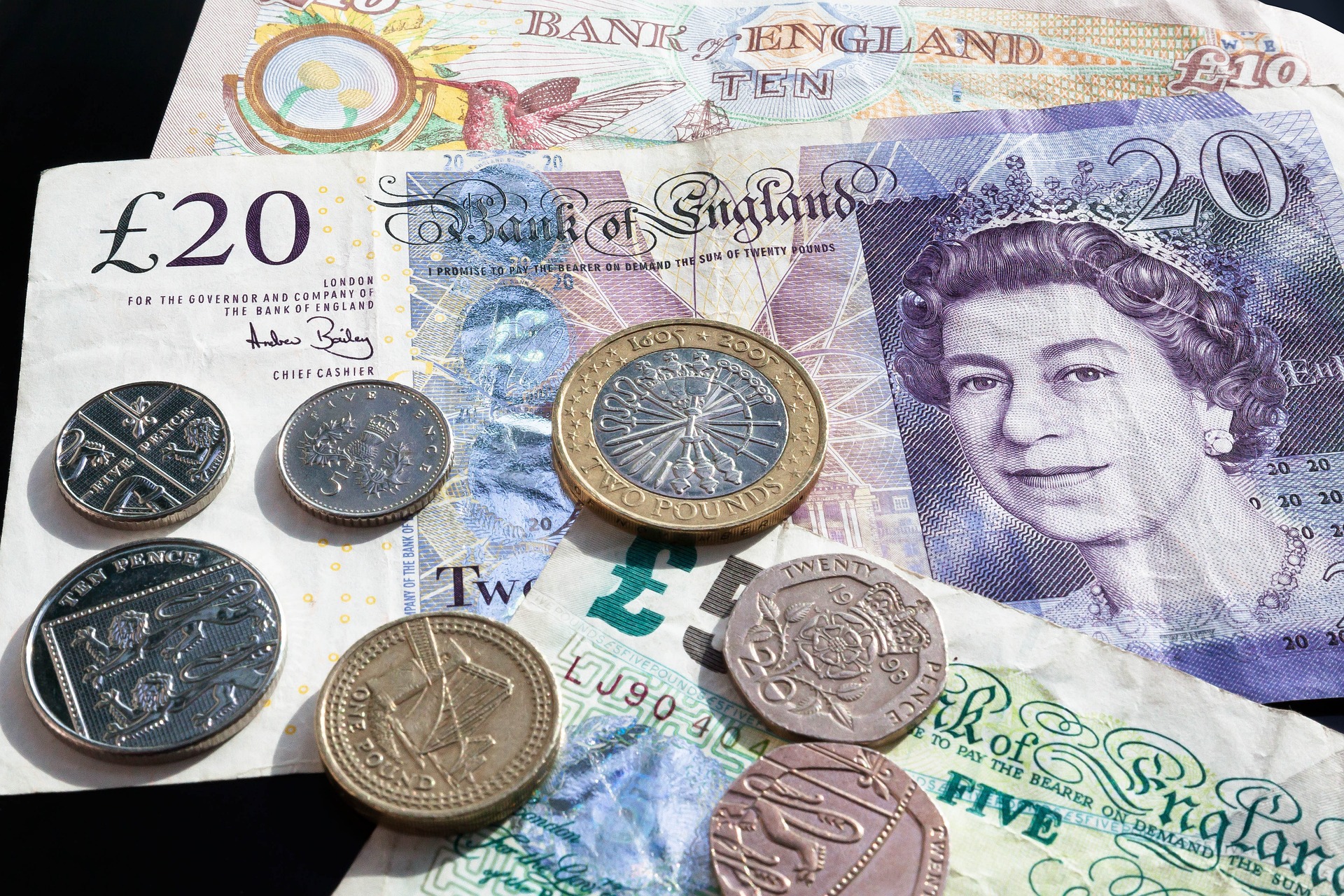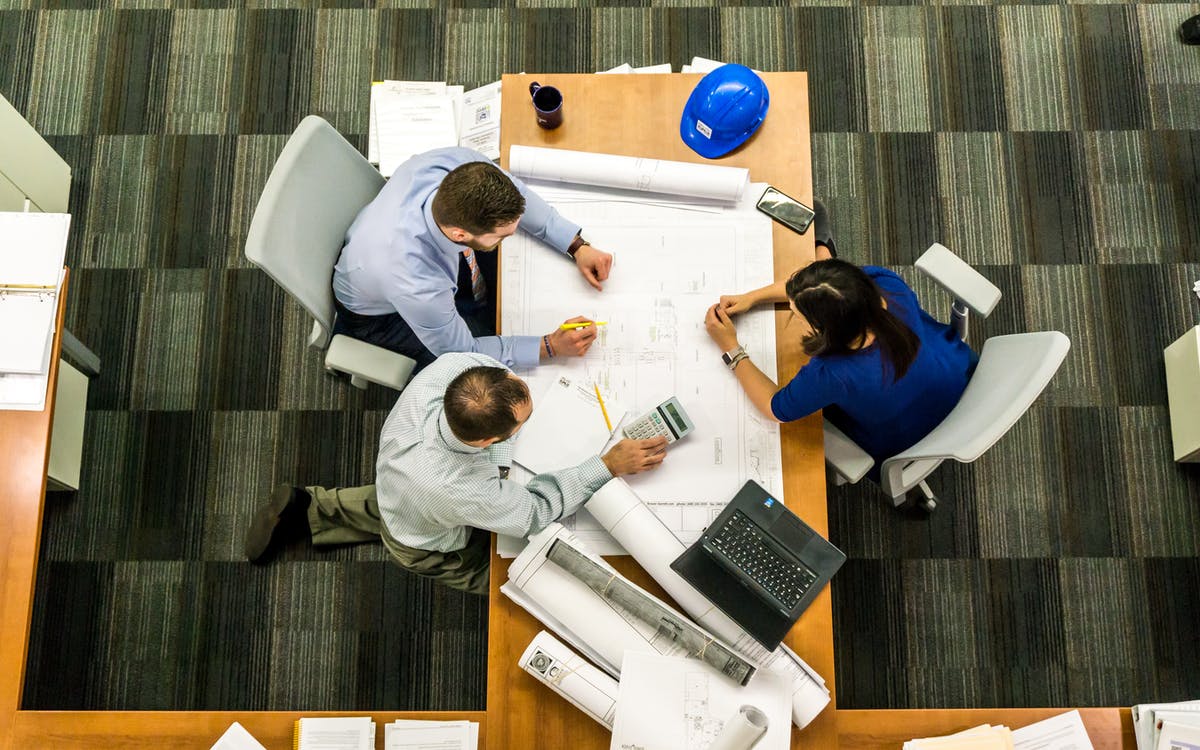17 Sustainable Development Goals (SDGs)
17 Sustainable Development Goals (SDGs)
Introduction:
Sustainable Development Goals (SDGs) are a set of 17 interconnected global goals established by the United Nations in 2015 as a universal call to action to end poverty, protect the planet, and ensure prosperity for all by 2030. These goals are not just lofty ideals; they serve as a roadmap for a sustainable and equitable future.
History and Background:
The Genesis of SDGs
Before the SDGs, there were the Millennium Development Goals (MDGs), which were in place from 2000 to 2015. The MDGs laid the groundwork for the SDGs by focusing on issues like poverty, hunger, and gender equality. However, the SDGs expanded the scope to address a broader range of challenges and included environmental sustainability and social inclusion as key components.

The 17 Sustainable Development Goals
The SDGs cover a wide range of issues, addressing everything from basic human needs to complex global challenges. Here’s a brief overview of each goal:
- No Poverty
- Zero Hunger
- Good Health and Well-being
- Quality Education
- Gender Equality
- Clean Water and Sanitation
- Affordable and Clean Energy
- Decent Work and Economic Growth
- Industry, Innovation, and Infrastructure
- Reduced Inequality
- Sustainable Cities and Communities
- Responsible Consumption and Production
- Climate Action
- Life Below Water
- Life on Land
- Peace, Justice, and Strong Institutions
- Partnerships for the Goals
No Poverty
“No Poverty,” involves eradicating extreme poverty globally. This goal emphasizes promoting economic growth, social protection, and equal access to resources to uplift vulnerable populations.
Zero Hunger
“Zero Hunger,” aims to end hunger, achieve food security, improve nutrition, and promote sustainable agriculture. This goal underscores the importance of equitable food distribution and sustainable farming practices.
Good Health and Well-being
“Good Health and Well-being,” focuses on ensuring healthy lives and promoting well-being for all ages. It encompasses access to quality healthcare, disease prevention, and mental health support.
Quality Education
“Quality Education,” seeks to provide inclusive and equitable education for all. It emphasizes the significance of accessible, quality education to empower individuals and foster lifelong learning.
Gender Equality
“Gender Equality,” underscores the importance of achieving gender equality and empowering all women and girls. This goal aims to eliminate gender-based discrimination and ensure equal opportunities.
Clean Water and Sanitation
“Clean Water and Sanitation,” addresses the need for access to safe drinking water and adequate sanitation facilities. It’s essential for public health, hygiene, and overall well-being.
Affordable and Clean Energy
“Affordable and Clean Energy,” advocates for universal access to sustainable and affordable energy sources. This goal promotes renewable energy and energy efficiency to combat climate change.
Decent Work and Economic Growth
“Decent Work and Economic Growth,” emphasizes the importance of inclusive economic growth, full employment, and decent work conditions. It aims to reduce unemployment and underemployment.
Industry, Innovation, and Infrastructure
“Industry, Innovation, and Infrastructure,” focuses on building resilient infrastructure, promoting sustainable industrialization, and fostering innovation. It’s crucial for economic development.
Reduced Inequality
“Reduced Inequality,” aims to reduce income inequality within and among countries. It underscores policies that empower disadvantaged groups and promote social inclusion.
Sustainable Cities and Communities
“Sustainable Cities and Communities,” advocates for inclusive, safe, resilient, and sustainable urbanization. It’s vital for creating livable and environmentally friendly cities.
Responsible Consumption and Production
“Responsible Consumption and Production,” encourages sustainable resource use, waste reduction, and sustainable consumption patterns. It’s essential for reducing environmental impact.
Climate Action
“Climate Action,” addresses climate change mitigation and adaptation. It calls for urgent actions to combat climate change and its impacts through sustainable practices.
Life Below Water
“Life Below Water,” focuses on conserving and sustainably using marine resources. It’s critical for preserving ocean ecosystems and biodiversity.
Life on Land
“Life on Land,” emphasizes the sustainable management of terrestrial ecosystems, combating desertification, halting biodiversity loss, and promoting responsible land use.
Peace, Justice, and Strong Institutions
“Peace, Justice, and Strong Institutions,” seeks to promote peaceful and inclusive societies, provide access to justice, and build effective, accountable, and transparent institutions.
Partnerships for the Goals
“Partnerships for the Goals,” underscores the importance of global cooperation and partnerships to achieve all SDGs. Collaboration among governments, organizations, and individuals is essential for success.
These Sustainable Development Goals collectively form a comprehensive agenda to address global challenges, promote equity, and build a more sustainable and prosperous future for everyone.
Examples:
Certainly, here are examples illustrating some of the challenges associated with the Sustainable Development Goals (SDGs):
- Complex Interconnectedness:
Consider the challenge of ensuring “Quality Education” (SDG 4) in a region affected by poverty (SDG 1). Children in impoverished households may lack access to basic necessities like food and clean water, making it difficult for them to focus on their education. Addressing this interconnected issue requires a multi-pronged approach, involving social support, education initiatives, and poverty alleviation programs.
- Resource Constraints:
Achieving “Affordable and Clean Energy” (SDG 7) in developing countries often faces resource constraints. Investing in renewable energy infrastructure can be costly, and these countries may need external assistance to transition to clean energy sources.
- Inequality:
Gender inequality is a prevalent challenge. While “Gender Equality” (SDG 5) strives to empower women and girls, disparities in income, education, and access to healthcare persist. In some regions, deeply rooted cultural norms and discriminatory practices continue to hinder progress toward gender equality.
- Climate Change:
Climate change poses a significant challenge to achieving multiple SDGs. For instance, rising sea levels due to climate change threaten coastal communities (SDG 11), and extreme weather events disrupt agriculture (SDG 2) and infrastructure development (SDG 9). Communities in vulnerable areas struggle to adapt to these changing conditions.
- Political Will and Governance:
In some countries, political instability and lack of effective governance hinder SDG progress. Corruption and mismanagement of resources divert funds that could be used for poverty reduction (SDG 1) and infrastructure development (SDG 9). Without strong governance, achieving the goals becomes exceedingly difficult.
- Data and Monitoring:
In many developing regions, limited data infrastructure poses challenges for monitoring SDG progress. For example, accurately tracking improvements in “Clean Water and Sanitation” (SDG 6) may be challenging in rural areas lacking reliable data collection mechanisms.
- Technological Gaps:
Access to technology is uneven globally. Achieving “Industry, Innovation, and Infrastructure” (SDG 9) is complicated when significant portions of the population lack access to the internet and digital tools. This digital divide can exacerbate inequalities in education and economic opportunities.
- Natural Resource Depletion:
In regions where unsustainable logging practices persist, achieving “Life on Land” (SDG 15) becomes problematic. Deforestation and habitat destruction threaten biodiversity and disrupt ecosystem services.
- Conflict and Humanitarian Crises:
Conflict zones often experience setbacks in SDG progress. For instance, conflict can lead to the displacement of populations, making it challenging to achieve “Sustainable Cities and Communities” (SDG 11) and “Decent Work and Economic Growth” (SDG 8) in affected areas.
- Health Crises:
The COVID-19 pandemic demonstrated how health crises can undermine multiple SDGs. Lockdowns and disruptions in healthcare services affected education (SDG 4), poverty reduction (SDG 1), and access to clean water (SDG 6), highlighting the interplay between health and other development goals.
These examples illustrate the complex and multifaceted nature of the challenges associated with the SDGs. Addressing these hurdles requires a combination of local, national, and international efforts, innovative solutions, and sustained commitment to the goals.
Why Sustainable Development Goals Matter
Sustainable Development Goals (SDGs) matter for several compelling reasons:
- Addressing Global Challenges
The world faces complex and interconnected challenges, from climate change and environmental degradation to poverty and inequality. The SDGs provide a comprehensive framework for tackling these challenges holistically. By addressing one goal, such as “Clean Water and Sanitation” or “Climate Action,” progress can have positive ripple effects across other goals.
- Promoting Equity and Inclusion
One of the core principles of the SDGs is leaving no one behind. They emphasize the importance of promoting equity and inclusion, ensuring that progress benefits all segments of society, regardless of gender, age, race, or economic status. By striving to achieve goals like “Gender Equality” and “Reduced Inequality,” the SDGs aim to create a fairer and more just world.
- A Blueprint for a Better World
The SDGs serve as a blueprint for a better world. They provide a clear vision of the kind of future we want to create—a future where people can lead healthy lives, access quality education, and enjoy economic opportunities while living on a planet that thrives. It’s a vision of prosperity that respects planetary boundaries.
- Progress and Challenges
While the SDGs offer a promising vision for the future, progress toward their achievement is mixed. It’s crucial to acknowledge both the successes and the persistent challenges.
- Global Progress Report
The United Nations regularly publishes a global progress report on the SDGs. These reports highlight the achievements made in various areas, such as poverty reduction, clean energy adoption, and improved sanitation. Positive stories of change and improvement remind us that progress is possible.
- Persistent Challenges
At the same time, persistent challenges require continued attention. Issues like extreme poverty, climate change, and conflict persist in various parts of the world. The SDGs recognize that addressing these challenges demands sustained effort and global cooperation.
- The Role of Individuals and Businesses
Individuals and businesses play a crucial role in achieving the SDGs. Their actions can make a significant difference in advancing the goals.
- How Individuals Can Contribute
Individuals can contribute to the SDGs in various ways. This includes making sustainable choices in their daily lives, reducing waste, conserving energy, and supporting ethical and sustainable products. Active citizenship, such as voting for policies that align with the SDGs, also contributes to progress.
- Corporate Responsibility and Sustainability
Businesses, too, have a vital role to play. Many companies are integrating sustainability into their core operations and supply chains. They’re aligning their strategies with the SDGs, not only as a moral imperative but also because sustainable practices can lead to long-term profitability. By adopting responsible business practices, companies can contribute to multiple SDGs, including “Decent Work and Economic Growth” and “Responsible Consumption and Production.”
Conclusion:
In conclusion, the Sustainable Development Goals represent a shared vision for a better world. They offer a comprehensive framework to address global challenges, promote equity, and create a more sustainable and prosperous future for all. Achieving the SDGs requires a collective effort, with individuals, businesses, governments, and civil society working together to turn this vision into reality.




